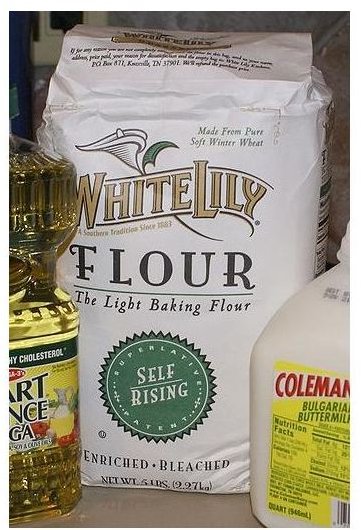
You can also try some of our recipes already calling for self-rising flour such as beer bread or peanut butter bars.
#Self v rising flour how to#
Now that you know how to make self-rising flour, you can easily make two-ingredient dough for bagels, pizza dough, and more.

If you refer to my page of the protein content of different wheat flours, you’ll see that: All-purpose flour has a protein content of about 10. If your recipe calls for baking soda as an ingredient, too, you can still add it. Protein Content of Self Rising vs Bread Flour. You can substitute the self-rising flour cup for cup, just omit the baking powder and salt from your recipe's ingredient list. According to the baking pros at King Arthur Flour, look for recipes that use about ½ tsp. As long as the recipe you're making calls for leavening agents (like that banana bread), you can easily substitute self-rising flour for all-purpose flour in your recipe. So you go to the pantry to start making banana bread only to find a bag of self-rising flour instead of all-purpose flour. Substituting Self-Rising Flour for All-Purpose Flour This self-rising flour will also work in your recipes, but after comparing other self-rising flour products on the market, our Test Kitchen prefers the substitute calling for both leaveners. There are also self-rising flour substitutes that simply call for 1 cup of all-purpose flour plus 1½ tsp.

Here is our Test Kitchen's easy method to make self-rising flour:įor every 1 cup of self-rising flour, substitute 1 cup all-purpose flour plus 1 tsp. It's easy to make your own self-rising flour substitute at home. Self-rising flour is a combination of all-purpose flour, baking soda, baking powder, and salt.


 0 kommentar(er)
0 kommentar(er)
